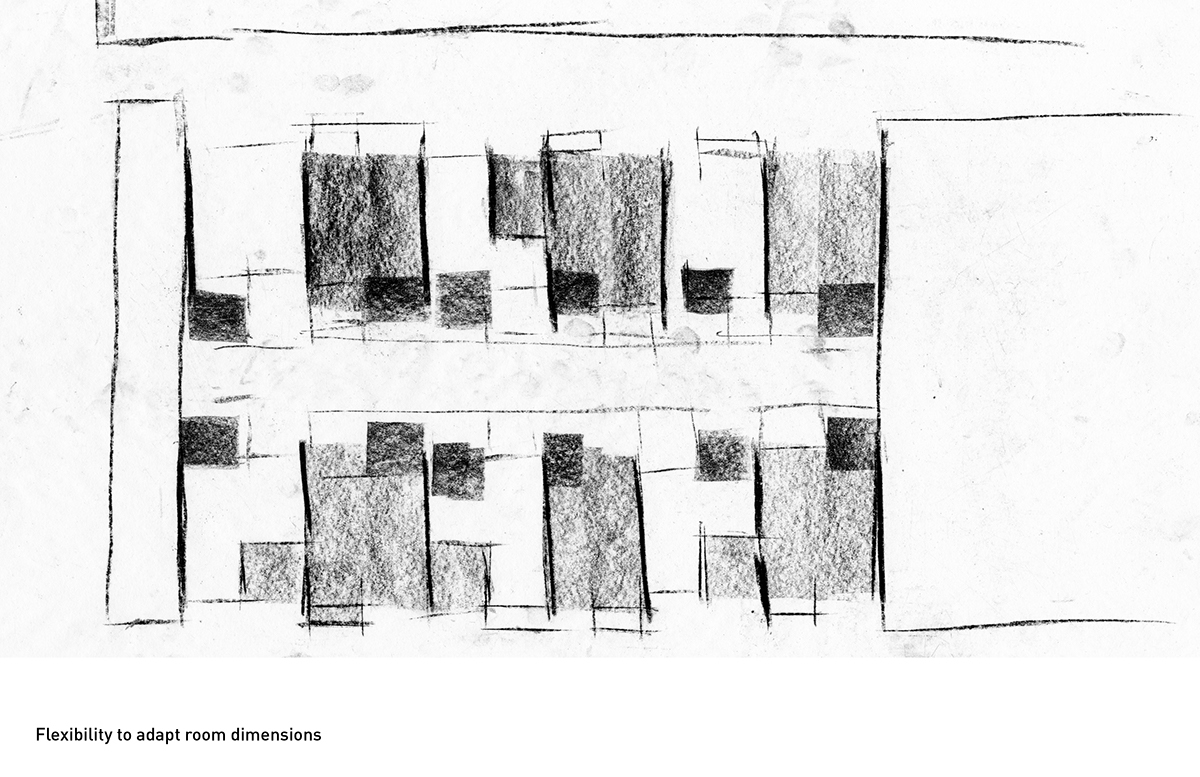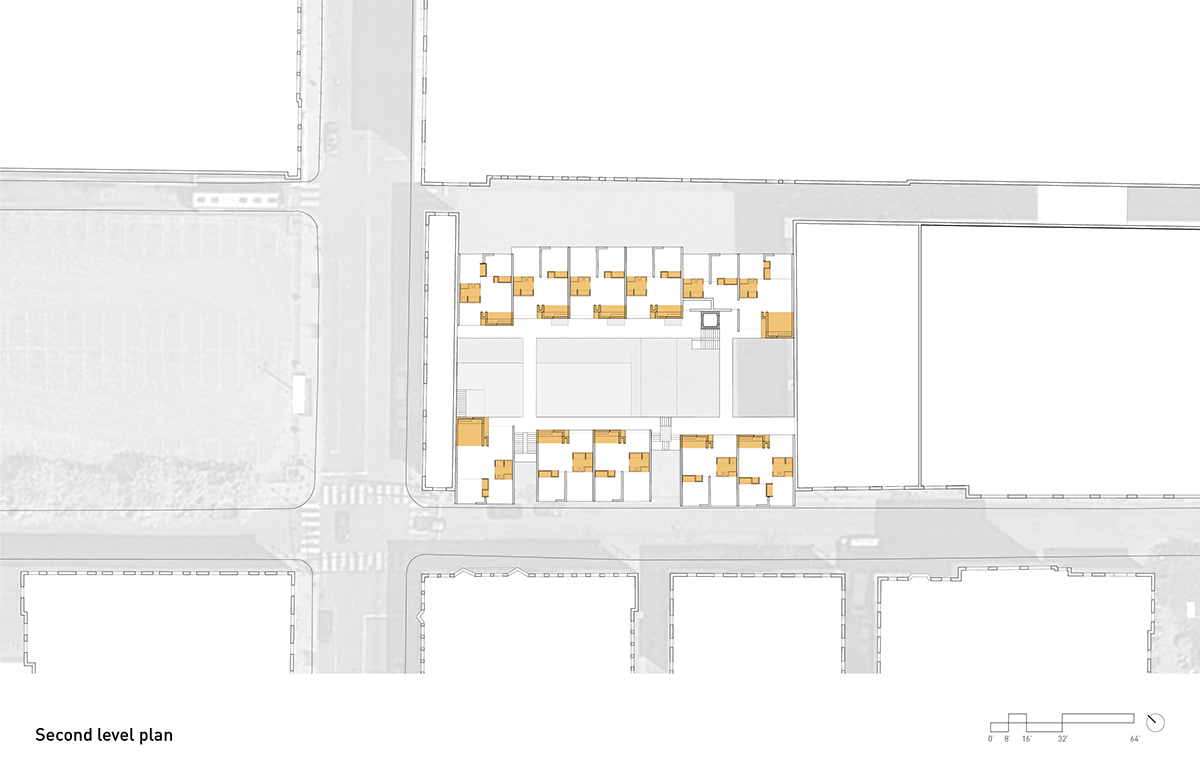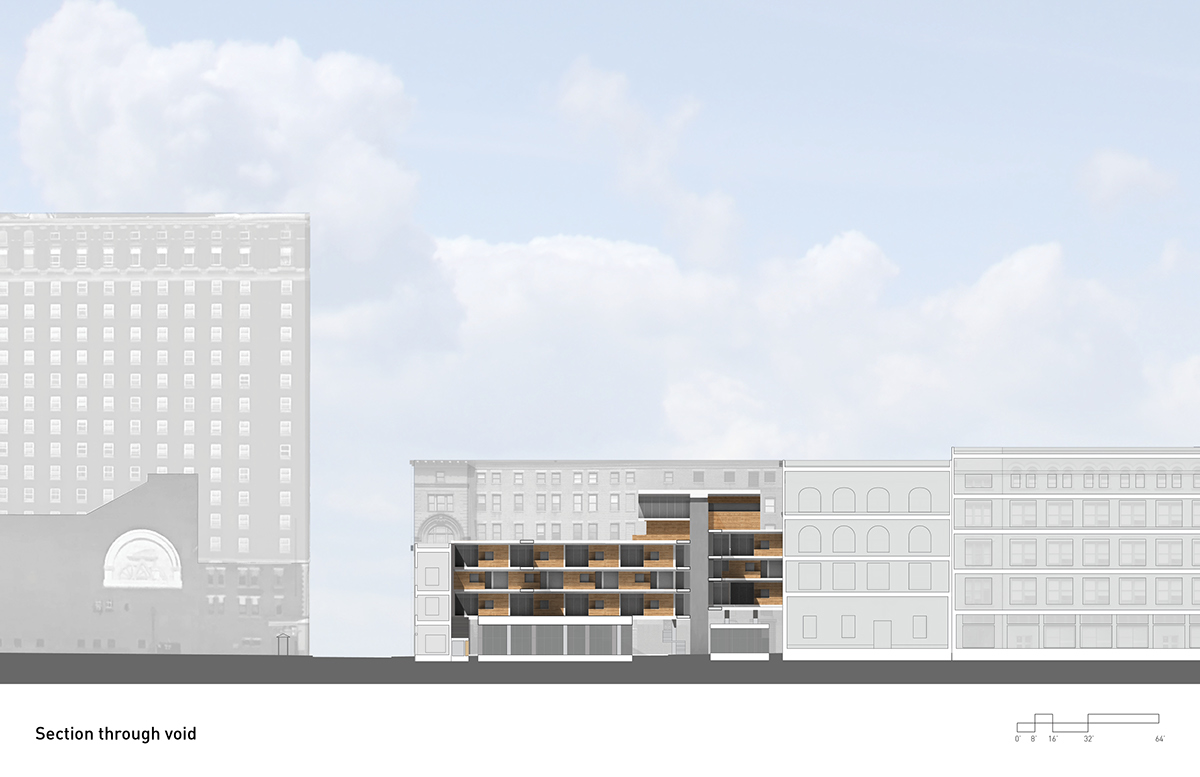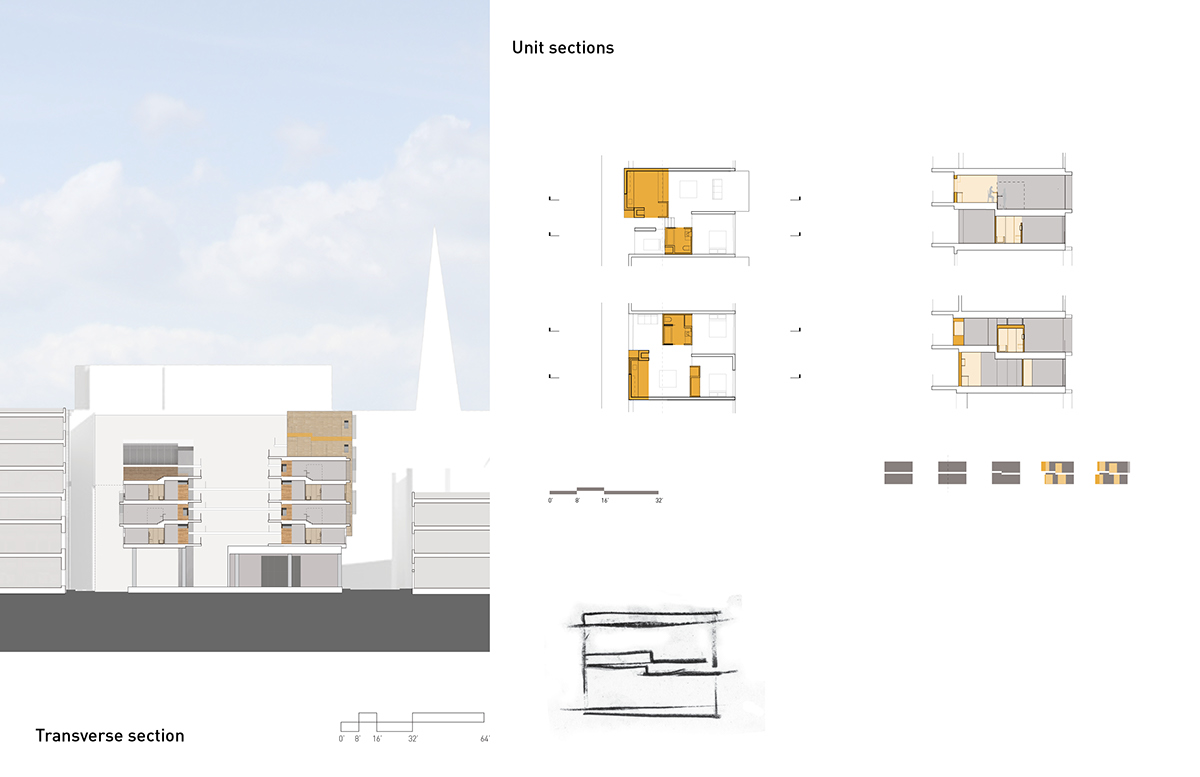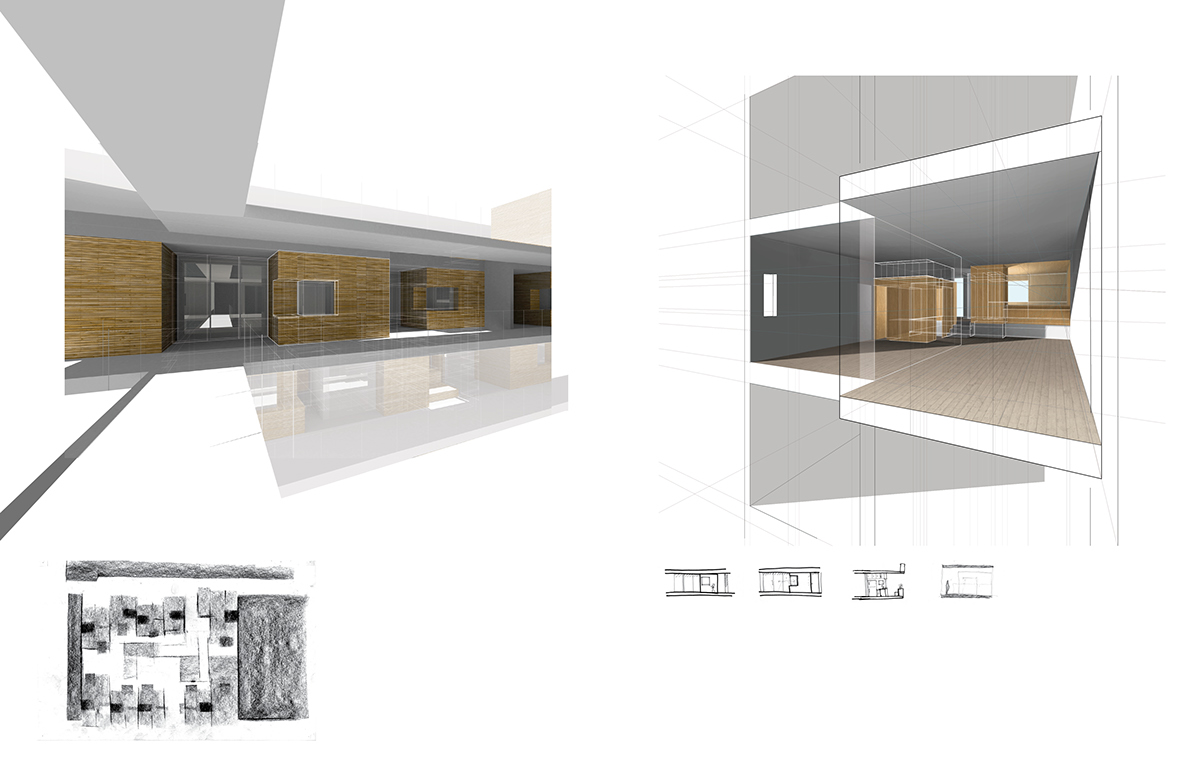The works that I am drawn to consistently have a simplicity to them, why is this so? Plainness must be a positive quality: it bears a clarity that helps reveal why a work is made the way it is. Restraint and necessity are agents for the process of making simple works. The necessary elements are positioned deliberately, in such a way that reveals the way a space is meant to be experienced. The recognition of multiple readings and calibrated alignments weigh more profoundly when plainness is achieved because it is through the restraint, necessity, and clarity that our senses are attuned.
A great work is not simplistic, but often bears simplicity.

Restraint and the minimum are useful resistances for the creation of work. The need for well-designed spaces supersedes the need for large and lavish ones. How is the minimum done well in order to create spaces that are richer than their dimensions and material palette suggest at first? How can simple moves and volumes build spaces with resonance? What is the smallest a shift can be while still establishing an important relationship?
The works that I am most often drawn to have a simplicity to them that is quiet and pleasing. For the investigation I want to understand the role of deliberate plainness in architecture today. What is the value of plainness and how is it helpful to the process of design? How is it understood and experienced by people?
I believe that plainness is necessary to the architecture discipline because even things that are ordinary or modest can be done well, and should be. It is the process of arranging ordinary things that makes them special. Making through plainness has the potential to elevate something in such a way that only requires some thought and ingenuity, and not an increased hard cost budget. Experientially pleasant and dignified spaces are the results. The agents that I have found to be most important to my understanding of plainness are: restraint and necessity, clarity, and flexibility.

How do I know when to break rules and restrictions and when to follow them?
How do I contextualize plainness?
What is the role of plainness and economy?
What is the difference between plainness and minimalism?
In a culture where minimalism is interpreted as a privileged position, how can plainness be expressed in a way that appeals to a wide audience?

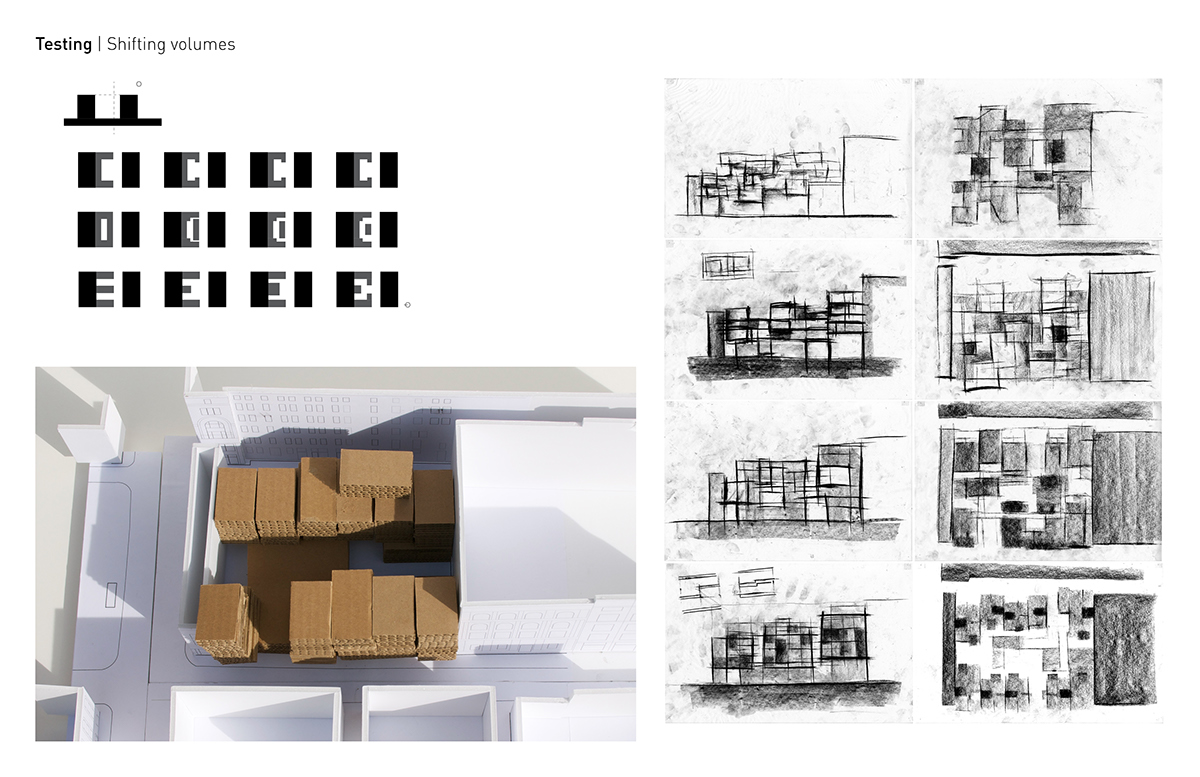
The project begins with gaining access to light; explored within the double party wall condition, masses shift away from the back alley and slightly over the sidewalk, a gap between units accommodates a view to the street, and a public program of a laundromat is elevated to the roof. The central void creates outdoor single loaded corridors in an effort to avoid dark, enclosed hallways.
